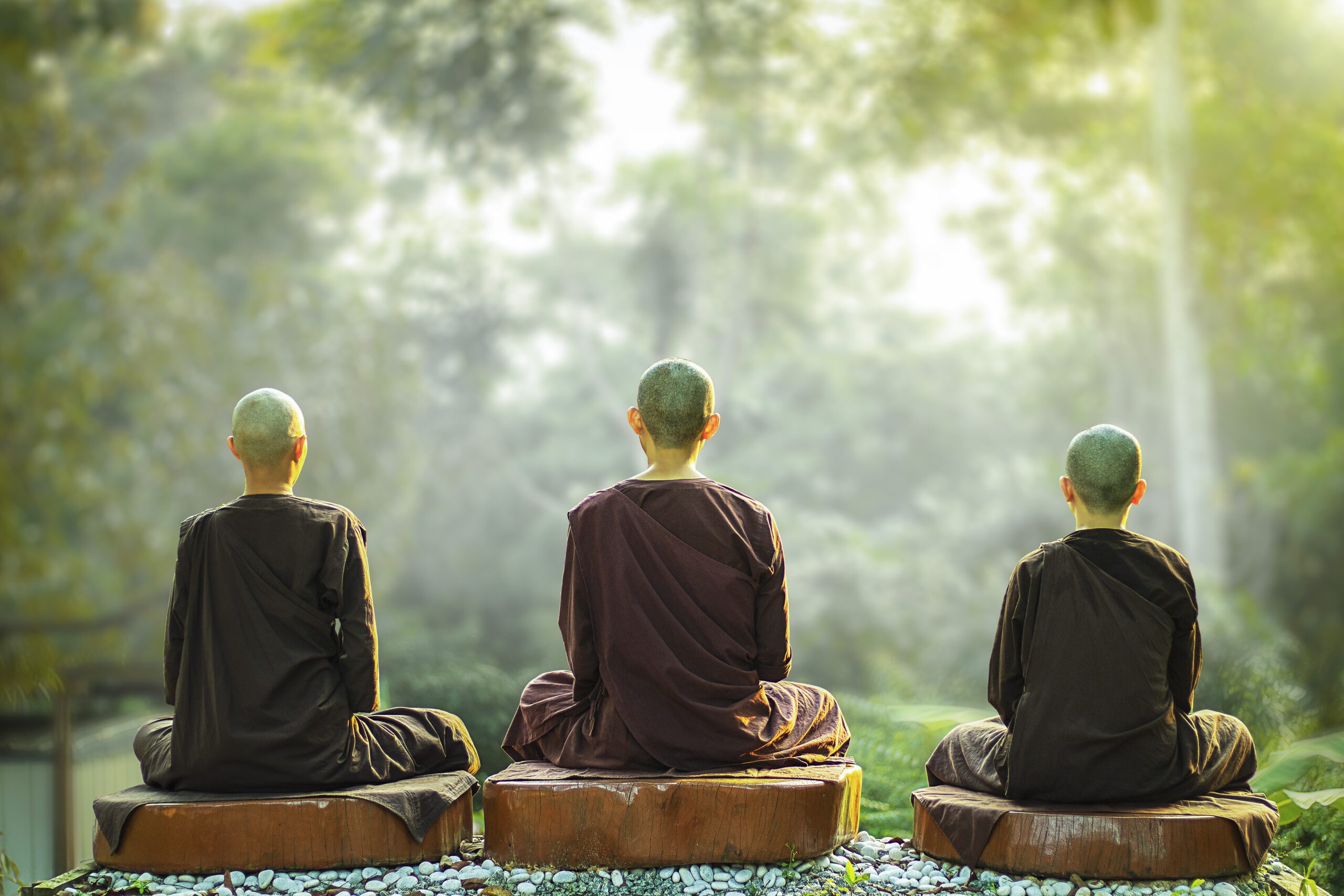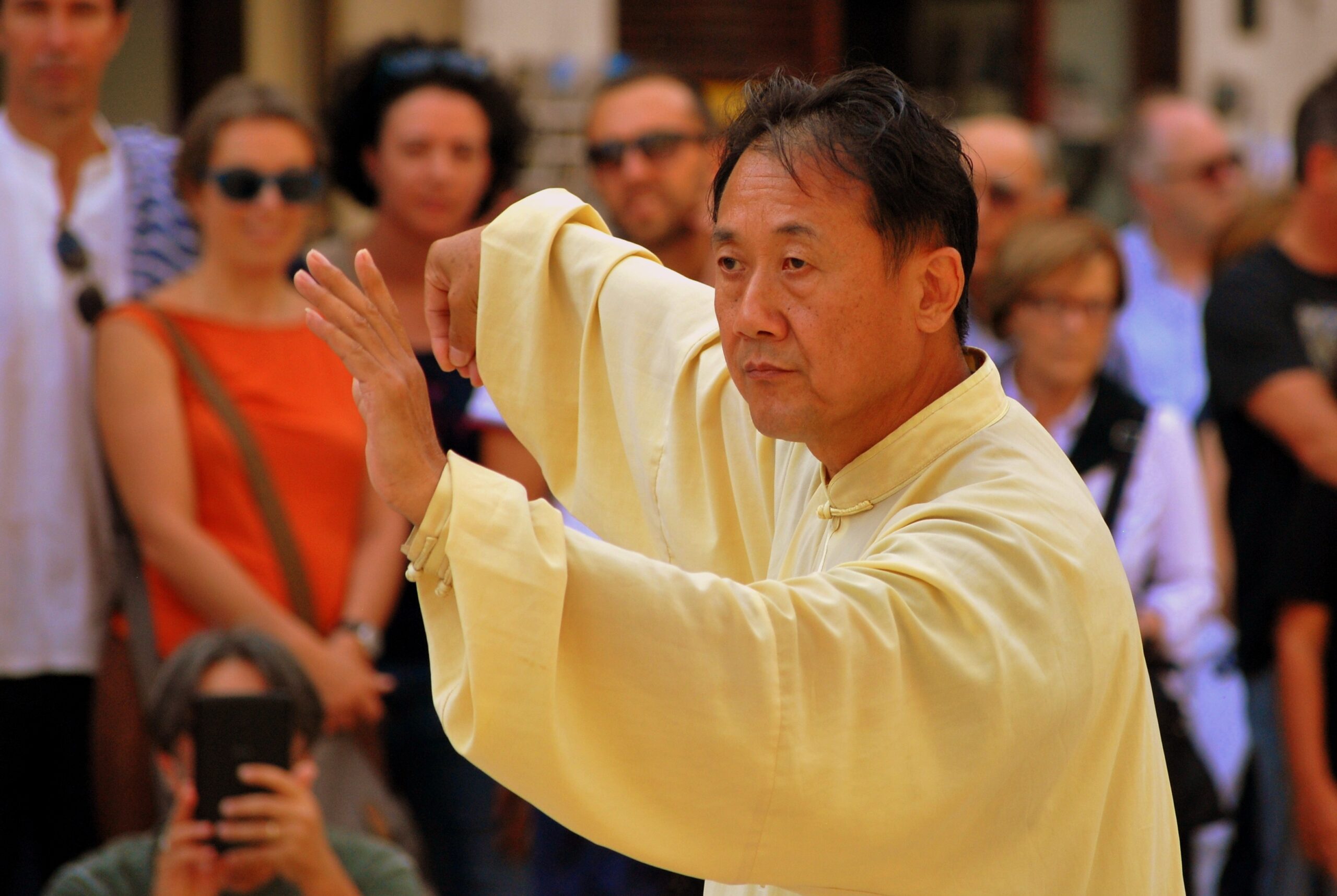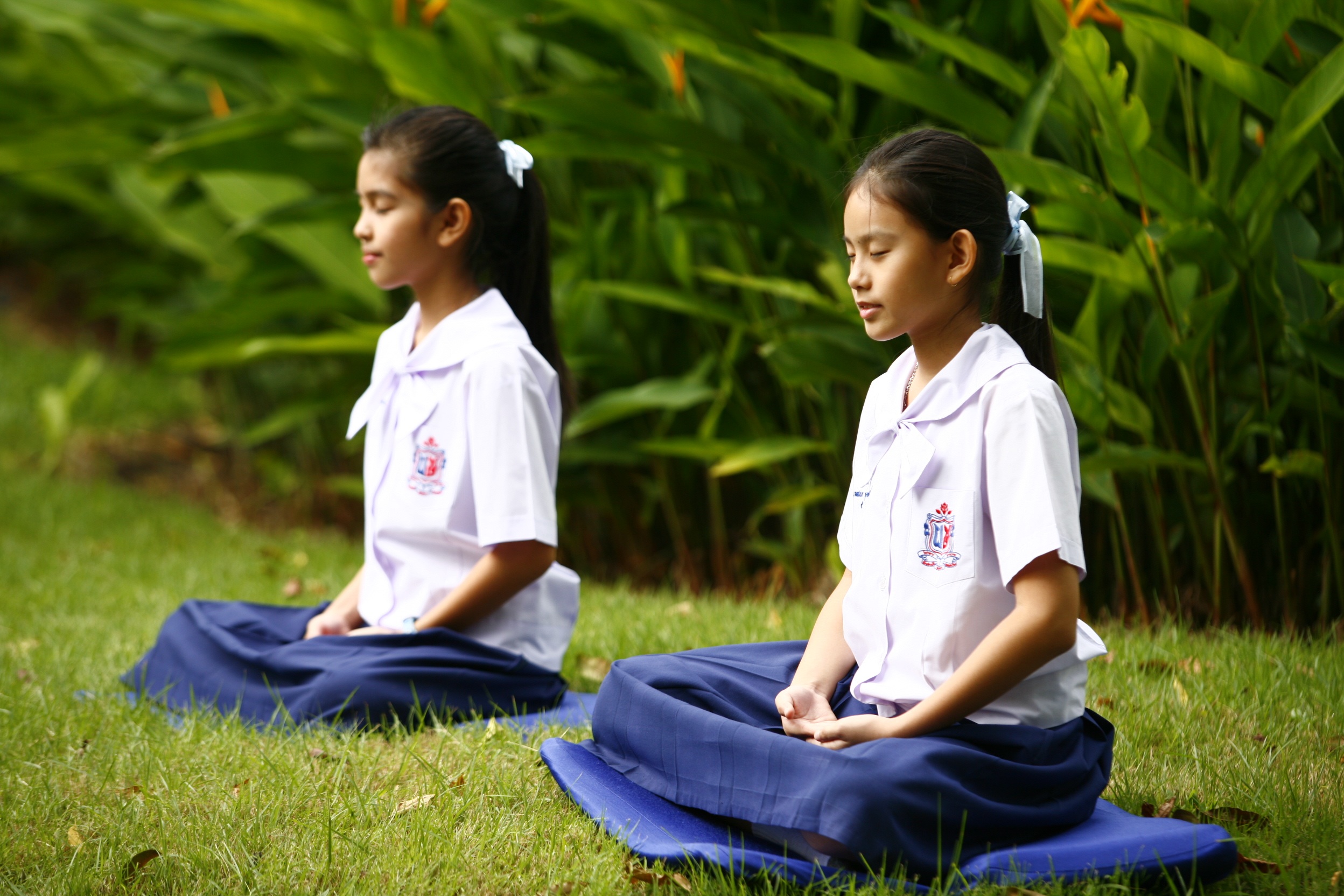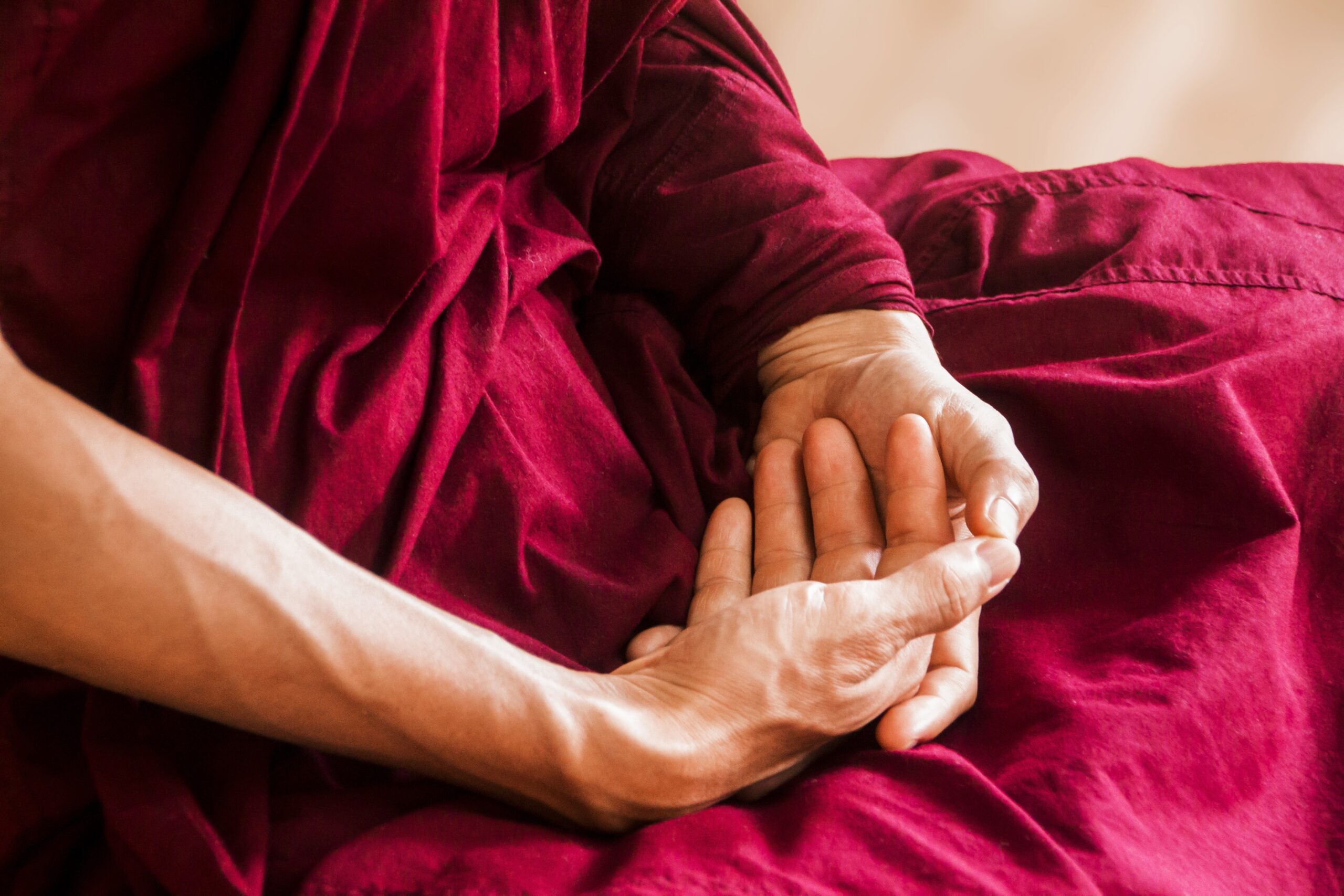Qigong Martial Arts: Its Origins
Neigong or internal martial arts evolved from Bodhidharma’s classic Yi Jin Jing. This was the start of the third major development of qigong (a.k.a. chi kung).
 Unlike Waigong (External Martial Arts), Neigong included breathing and meditation techniques — essentially qigong methods — to build internal strength through cultivation of the chi energy.
Unlike Waigong (External Martial Arts), Neigong included breathing and meditation techniques — essentially qigong methods — to build internal strength through cultivation of the chi energy.
Qigong cultivated two types of chi energy: nei dan (internal elixir) and wai dan (external elixir). Nei dan referred to cultivating internal energy, in contrast to wai dan which was external, localized, or surface energy.
From 502 to 1911 during the Liang Dynasty through to the collapse of the Ch’ing Dynasty, the focus of qigong was in the development of internal arts.
Buddhism had fallen into decline. With the discovery that qigong could be used in fighting arts, a new era of qigong development took place: the age of Qigong Martial Arts.
In 527 A.D., Emperor Liang Wu Di had been very interested in Buddhism and invited a Buddhist monk from India to attend the royal court in China.
However, legend has it that Bodhidharma, or Da Mo as the Chinese called him, quickly outstayed his welcome when his terse and deeply philosophical views on Buddhism so confused and frustrated the emperor.
 From there, Bodhidharma made his way to the Shaolin Temple in Luoyang, where, according to legend, he was quite dismayed to find the monks at the temple very sick and weakly.
From there, Bodhidharma made his way to the Shaolin Temple in Luoyang, where, according to legend, he was quite dismayed to find the monks at the temple very sick and weakly.
He therefore retired to a nearby cave where he sat in meditation for nine years to ponder the problem before writing his two Martial Arts classics, the Yi Jin Jing (Muscle Development Classic) and Xi Sui Jing (Brain and Marrow Washing Classic).
Bodhidharma’s primary concern for writing these books was to help the monks regain their health and stamina. However after practicing the Yi Jin Jing, the monks found that in addition to becoming healthy again, they had greatly increased their strength.
At the time, China was under tremendous social and political upheaval and it was not unusual for even monasteries to be attacked by invading warlords and marauding bandits. The neigong and wugong training were therefore essential in helping the monks to defend themselves.
In time, the monks became famous for their Shaolin arts and they themselves became known as warrior monks.
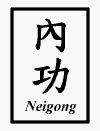
However, Bodhidharma taught that martial arts should be used only for self-defense and not for needless violence on others. Thus, the principle of Wugong (Martial Arts) has always been to train for discipline and self-defense but not for violence. This is based on the old Shaolin saying, “one who engages in combat has already lost the battle.”
The Essence of Yi Jin Jing
The Yi Jin Jing exercises are a form of wai dan (external chi developing) qigong that uses yi, focused intent and visualization to develop local chi and increase chi circulation.
This later evolved into the Lohan Shi-Ba Zhang (18 Priest-Scholar Palms) Martial Arts that formed the foundation of Chinese temple boxing and Shaolin arts.
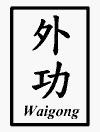 In Chinese medicine, tendons generally represent meridians or pathways for the energy to flow. Marrow refers to the heart.
In Chinese medicine, tendons generally represent meridians or pathways for the energy to flow. Marrow refers to the heart.
Hence, Yi Jin Jing refers to changing tendons or opening up the channels throughout the body and cleansing them of all blockages. Once the blockages are removed the chi can then flow naturally and health is restored.
With regular practice of the Yi Jin Jing, the practitioner can not only maintain good health but can also develop a strong immunity against almost any form of disease and even deterioration due to age.
 This is the origin of Da Mo Qigong. This internal art is still practiced today, but it has developed into a set of exercises designed for health maintenance and to treat chronic disease, in addition to promoting its original goal of meditation and enlightenment.
This is the origin of Da Mo Qigong. This internal art is still practiced today, but it has developed into a set of exercises designed for health maintenance and to treat chronic disease, in addition to promoting its original goal of meditation and enlightenment.
Ramifications of the Two Martial Arts Classics
Of the two Martial Arts classics that Bodhidharma wrote, only the Yi Jin Jing has survived. The Xi Sui Jing taught the Buddhist monks how to use chi to clean the bone marrow and strengthen the blood, heart and immune system, as well as to prepare for Buddhahood.
However, because it was difficult to understand and even more difficult to train, only the top disciples were able to reach an advanced enough level to train in the Xi Sui Jing. For others, especially lay people, it remained a secret legacy passed down to only a privileged few.
Bodhidharma had a teaching philosophy that justifies this practice:
 Translation: Do not transmit to outsiders of our sect, words should not be written down, point directly to a person’s heart, and see and cultivate the person into a Buddha.
Translation: Do not transmit to outsiders of our sect, words should not be written down, point directly to a person’s heart, and see and cultivate the person into a Buddha.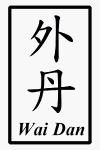 In other words, people who were not Shaolin Buddhists should not have access to the teaching: Do not record the teachings in writing that outsiders might read. But when judging a person, look at how he or she thinks, and teach the person who is truly of a Buddhist mind so that he or she could attain Buddhahood.
In other words, people who were not Shaolin Buddhists should not have access to the teaching: Do not record the teachings in writing that outsiders might read. But when judging a person, look at how he or she thinks, and teach the person who is truly of a Buddhist mind so that he or she could attain Buddhahood.
Bodhidharma’s two Martial Arts classics were based on his knowledge of Chan Zong (Chan Buddhism) which later became Zen Buddhism in Japan.
The two classics were supposed to be taught together in order that the practitioner may attain the final goal of Buddhahood. But separated, the practitioner could not fulfill that last purpose.
Yet, there is virtually no Yi Jin Jing training in Chan Buddhism, nor is the Xi Sui Jing generally taught in the Shaolin Temple.
 After Bodhidharma’s death, it is said that the techniques of Xi Sui Jing was entrusted to his best disciple Hui Ke. Perhaps it was too well kept as a secret, but the legacy was lost down further generations.
After Bodhidharma’s death, it is said that the techniques of Xi Sui Jing was entrusted to his best disciple Hui Ke. Perhaps it was too well kept as a secret, but the legacy was lost down further generations.
Fortunately, for Yi Jin Jing and other Buddhist teachings, Taoists managed to preserve more of Buddhist teachings as well as their own and imparted them to future generations.
The saying “Fo jiao yi jia” (Buddhism and Taoism one family) described the early organization of religious Taoism: because it borrowed from both Taoist philosophy and Buddhist teachings, it was able to share much in common with Buddhism.
Even before Bodhidharma’s appearance at Shaolin Temple, the Taoists had borrowed many Buddhist qigong practices.
Thus, even after Boddhidharma’s death, the Taoists also had in their collection a considerable number of Buddhist manuals and Buddhist Martial Arts practices, not excluding the Yi Jin Jing.
After Bodhidharma, Shaolin monks continued to develop other Wai Dan Martial Arts including forms that imitated aggressive animals that are found in wugong styles still practiced today: the tiger, leopard, dragon, snake and crane.
